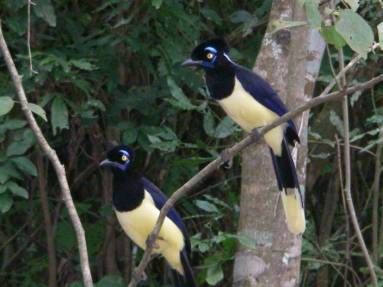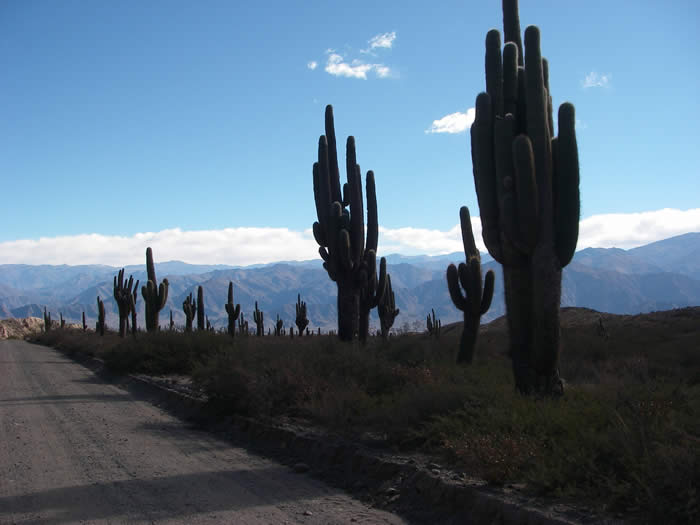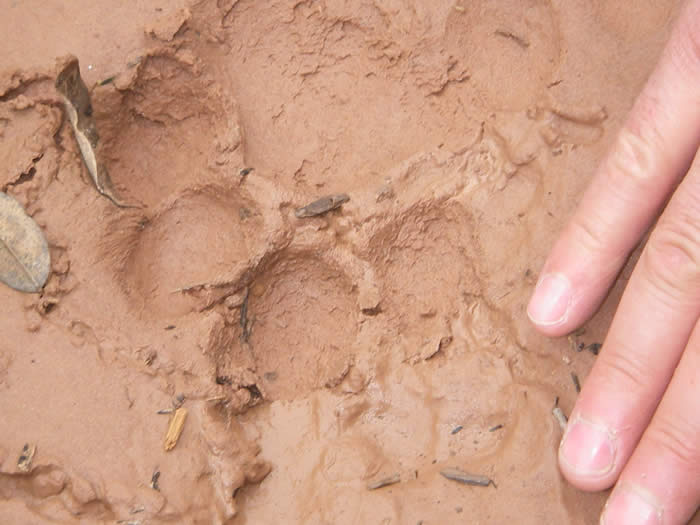AVC Tropical Biology Scouting Trip Notes
Northern Argentina
May 4- 27, 2007

Cyanocorax chrysops. Callilegua National Park, Argentina. © Callyn D. Yorke
Imagine a kaleidoscope of spectacular scenery as a backdrop for stunningly unique animals, from plush-crested jays to red-legged seriemas; awkward agoutis to graceful jaguars. Incredible but heart-pounding, in-your-face-real. Argentina has it all. From the Atlantic rainforests, showered by the spray of thundering Iguazu Falls, to the literally breathtaking plateaus and hidden valleys of the Andes. You have entered a showcase of natural selection, a photo-buff’s dream, a postcard-writing marathon.
And, if all that isn’t quite enough to start you packing, there’s more. Argentinians are probably the most affectionate, helpful, fun-loving folks on the planet. No kidding. If there is anything you want to see or do in Argentina, someone will make it happen for you. I was quite fortunate in that regard, both while visiting Iguazu Falls and especially in the Salta-Jujuy region. Special thanks are due in large part to Dr. Patricia Palavecino, an Argentinian biology instructor here at AVC. She contacted her biologist associates on my behalf. One of them, Mario, a professional guide, was waiting for me at the airport in Salta. He was smiling. I guess he must have known how much I would enjoy his country.
The following morning Mario and I drove to the nearby Huaico Cloud Forest Reserve. It was early dawn and the forest was already ringing with strange bird calls. As daylight bathed the canopy, I could see multiple layers of wet epiphytes on the trees—ferns, mosses, liverworts and delicate orchids. Incredible biodiversity was illuminated with each passing minute as we hiked steep trails in the chilly, misty air of late Fall. A large flock of noisy mitred parakeets began their restless, circular flights over a distant ridge. Excitement filled the air.
This was only the first day in the 7-day itinerary Mario had planned. Soon we would be deep into the sparsely populated canyons and valleys of northern Argentina, tracking a jaguar in Calilegua National Park, photographing the strange, velociraptor-like red-legged seriema in El Rey National Park, and observing Andean condors soaring by in silence at eye-level, along the high, windswept road through Los Cardones National Park.
During our journey through northwestern Argentina, my enthusiastic, English-speaking guide, Mario, showed me no fewer than 200 species of bird and at least twenty species of mammal. Although I expected to see many of the same species of bird and mammal from previous journeys through Central America, Ecuador and Peru, I was delightfully surprised to find at least 60% of the species were entirely new to me. My notebook was filling up. Together with the 150 or so birds and about a dozen mammals I found in Iguazu (May 10-14), this was shaping up to be one of the most biologically fascinating journeys of my life. Clearly, northern Argentina would be every bit as exciting for our Tropical Biology students as had been any of our previous trips to Ecuador, Costa Rica, Australia and East Africa.



